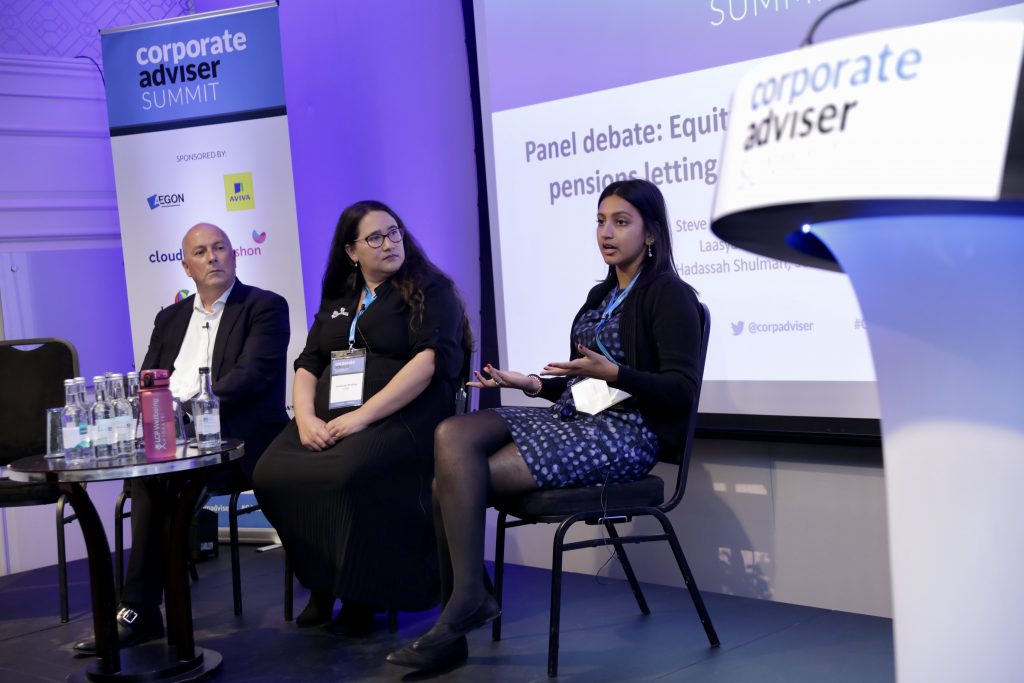Equity, Diversity, and Inclusion (ED&I) has a strong business case since diverse groups have been shown to provide better financial returns, but challenges including pension legislation which excludes different groups as well as issues around legacy administrative systems remain.
Those were the main points of a panel debate at the Corporate Adviser summit discussing equity, diversity and inclusion.
Punter Southall Aspire CEO Steve Butler said: “I think it’s been a disaster. We started social change in the 1960s and it has not made its way into the pensions sector. We can point to pension legislation with auto-enrolment excluding young people under 22 years and part-timers earning less than £10k with 74 per cent of part-time workers being women which excludes women.
“At the top end, if people take more than their tax-free cash, they’re restricted in what they can put in their pension going forward which excludes a whole generation.”
Butler also stated that in order to avoid a “talent crisis,” the industry must adapt and welcome the older generation so that they can continue to work into their 60s and 70s. The older generation, he noted, is the group that receives the least attention since it touches on all facets of diversity and inclusion and doesn’t stand out on its own.
LCP consultant Laaysa Shekaran agreed and said: “The Pension system has a lot of ED&I problems such as the difference between DC and DB, age, generational wealth and equality.”
She noted the fact that ED&I is currently receiving greater attention due to the business case for it and the facts demonstrating that diverse groups make better decisions are more profitable, and are better for trustee boards.
According to Hadassah Shulman, senior associate at CMS and co-chair of the NextGen research & insights subcommittee, the industry is finally identifying the ED&I issues and their root causes, particularly with regard to legacy administrative systems that have unintentionally caused distress by misgendering people, for example, through its automated communication systems.
She said: “We’re seeing a lot more research on the gender pensions gap. We’re slowly started to speak about the ethnicity pay gap leading to conversations about the ethnicity pensions gap.”
